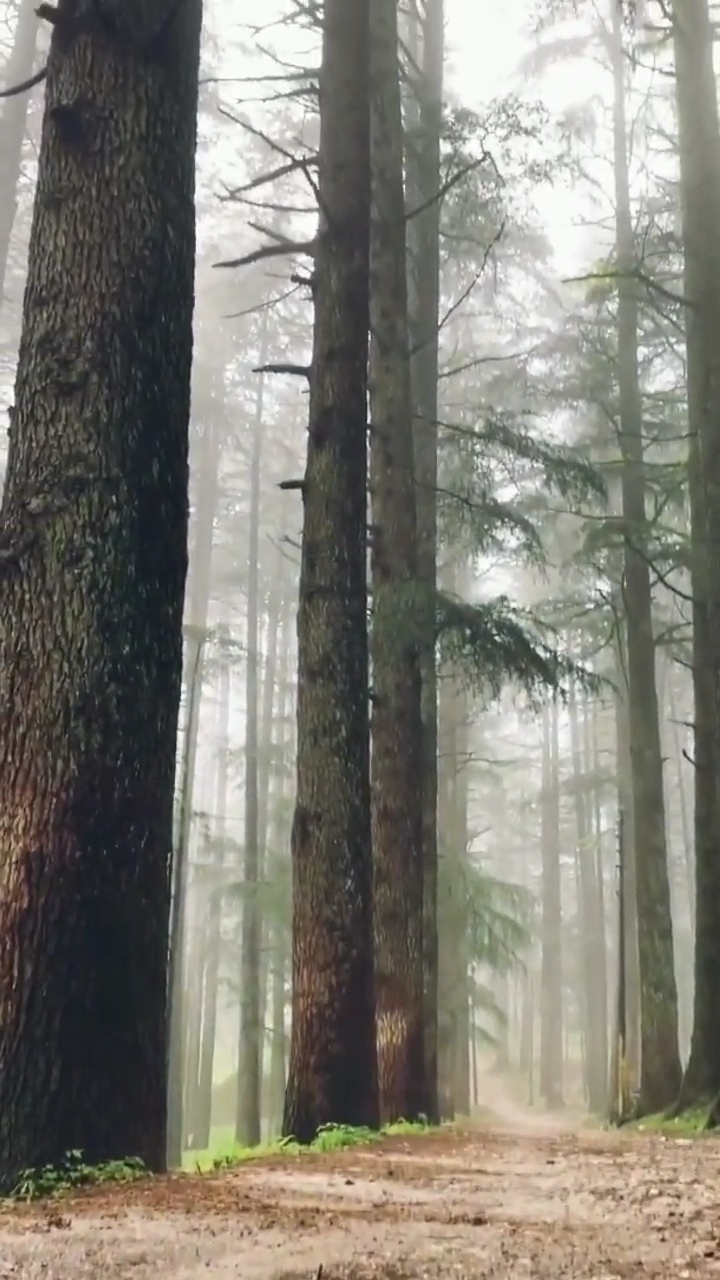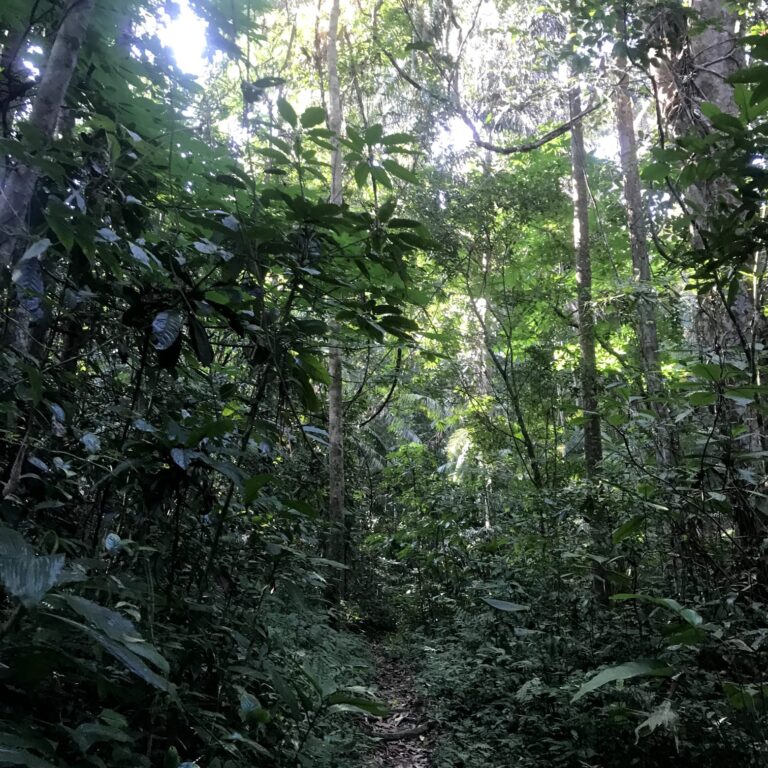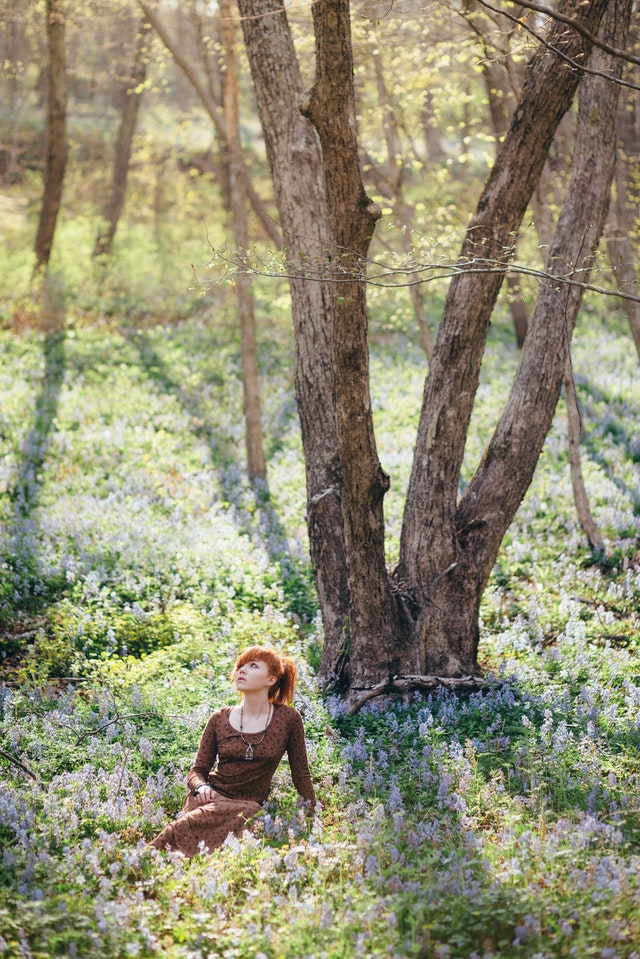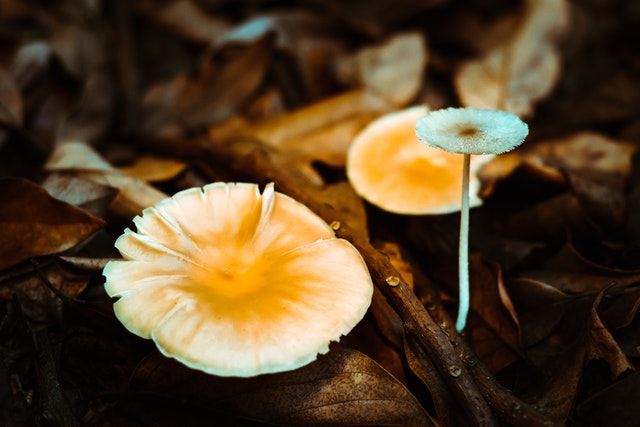Understanding traditional belief systems protecting sacred groves in Uttarakhand, India
Throughout the year devotees throng the Golu Devta Temple nestled between tall chir pine trees located in Almora district of Uttarakhand. The passage leading to the temple is full of brass bells of all sizes. They are often accompanied by a red Chunri (a small red cloth with a golden border). Among the bells are handwritten notes hanging as well. Devotees believe that their wishes will be granted if they offer it to the deity and the bells signify that their wish has been fulfilled. This signifies a unique amalgam of nature, spiritual beliefs and their coexistence.

This grove is one among the many groves of Uttarakhand, also known as “Dev Bhoomi” or “the land of God’ and is considered the holiest land in the Himalayas due to rich spiritual beliefs and values.The local communities accord a special status to natural sites such as rivers, lakes, caves, and forest groves owing to religious beliefs and customary laws, which lay a crucial role in the conservation of these forest areas (Singh S., 2017, IUCN, 2005) SGs in Uttarakhand are locally known as “deo Bhumi” and “bugyal” or “sacred alpine meadows” (MOEF, 2011). Around 133 SGs have been documented in Uttarakhand (Jana, 2018). The groves are considered to be dedicated to local deities such as Haat kaali, Kotgyari Devi, Mahakali, Goludevta, etc
Sacred natural sites are considered an integral part of ethnic identity and play an important role in the traditional cultures and lifestyles of the local community (IUCN, 2005). Sacred Groves are a superb example of community-based nature conservation. Sacred groves are important refuges for endemic and endangered plants and animals. They are also treasure troves of medicinal plants (Khan et al., 2016). Many studies have shown that the religious and cultural significance attached to sacred sites drive the sustainable utilization and conservation of native genetic resources (plant and animal) within sacred landscapes (Khan et al., 2016). Sacred Groves play an important role in conservation by relying on faith and the deep cultural relationship to nurture nature (Upadhyay et. al., 2019)
The purpose of the project titled “Assessment of conservation potential of selected sacred groves in Uttarakhand, India was to study different socio-cultural beliefs regarding biodiversity conservation and to understand community dependency on sacred groves in Uttarakhand. The study carried out by researcher Kavita Khulbe attempted to record people’s perception and their willingness for legal protection of sacred groves as well.
A community survey was conducted for the local inhabitants which helped us understand community dependence on sacred groves, people’s perception and their willingness for legal protection. We aimed to answer research questions such as how frequently people visited the grove, which part of the grove is most visited by the local inhabitants, and also the percentage of their monthly earnings dependent on the grove. The local belief systems, customary laws and taboos as of now remain undocumented in writing and are orally communicated from one generation to the next. The survey aimed to answer research questions such as if the respondents noted a breakdown in belief system and also what the community feels is required to ensure the belief system & customary laws remain strong. Sacred groves by virtue of being associated with religious beliefs/taboos & myths are protected by this very belief system. Hence the belief system is vital for its survival.
Some of the taboos that the respondents revealed during the survey are as follows:
● Removing anything from the grove, especially for anything unrelated to worship is considered an evil act and the person may get cursed.
● Uprooting of any plant or plucking of flowers is forbidden and could anger the “Kull Devta” or Clan Deity angry resulting in deformities. It is also believed that it could result in death from infection. Some spirits may also get attached to certain people, families, places, affecting certain aspects of life.
● People create ritual songs, dances and stage mock hunts to appease the spirits in the natural world so that people won’t enter the area easily.
The survey revealed that 83% of respondents believe that there has been a breakdown in the customary belief systems with time. The reasons given for this were many ranging from the migration of indigenous communities, rejection and replacement of traditional livelihood with modern alternatives to lack of awareness of the importance of Sacred Groves, dilution of indigenous communities in Uttarakhand and ineffective transmission of traditional knowledge. The study revealed that 73% of local inhabitants agreed that the ineffective transmission of customary beliefs & values of sacred groves is resulting in the breakdown in the belief system.The local inhabitants made some suggestions to overcome the issues in sacred grove conservation. They believed that the local community should be taken into confidence while planning any intervention. The transmission of traditional knowledge to the younger generation via its integration with local art form, rituals, festivals etc. and through a written documentation of customary laws will be effective .
This study highlights the need to strengthen customary beliefs and values as they directly contribute towards protecting Sacred Grove. The beliefs & customary laws must remain strong and need to be transferred down to the younger generations. The study shows that there is a gap in the transmission of these beliefs, therefore awareness and recognition is vital for the survival of this traditional practice. The study covered 8 groves in two districts of Uttarakhand, there is an urgent need to conduct similar studies in more groves of Uttarakhand to come up with a comprehensive plan to save these sacred spaces which make the state India’s “Dev Bhoomi”.

CC: Kavita Khulbe




